
The Wonders of the Sidr Tree: A Natural Health Miracle
Abdullaah KhanShare
Introduction:
The Sidr tree, also known as the Jujube tree or the Lote tree, is a plant that has been revered for centuries in different cultures around the world. The tree is native to various regions, including the Middle East, South Asia, and Africa. Historically, the Sidr tree has been used for medicinal purposes, and it's considered a sacred tree in some religions. In this article, we'll explore the different benefits of the Sidr tree and its uses in natural health.
What is a Sidr Tree?
The Sidr tree (Ziziphus spina-christi) is a deciduous tree that belongs to the buckthorn family. The tree is known for its thorny branches and small, oval-shaped leaves. The tree can grow up to 10 meters tall, and its fruit is edible, with a sweet and tangy flavor. The Sidr tree is a versatile plant that can grow in different environments, including arid and semi-arid regions.
The Benefits of the Sidr Tree:
The Sidr tree has been used for medicinal purposes for centuries. Different parts of the tree, including the fruit, leaves, and bark, have been used to treat various ailments. Here are some of the benefits of the Sidr tree:
-
Digestive Health: The Sidr tree has been used to treat digestive issues such as diarrhea, constipation, and stomach ulcers. The leaves of the Sidr tree contain compounds that have anti-inflammatory and antimicrobial properties, which can help reduce inflammation in the digestive system and kill harmful bacteria.
-
Skin Health: The Sidr tree has been used for centuries to treat various skin conditions such as eczema, psoriasis, and acne. The leaves of the Sidr tree contain compounds that have anti-inflammatory properties, which can help reduce inflammation in the skin and soothe irritations.
-
Immune System Support: The Sidr tree has been shown to have immune-boosting properties. The tree contains compounds that can stimulate the production of white blood cells, which are essential for fighting infections and diseases.
-
Antioxidant Properties: The Sidr tree contains compounds that have antioxidant properties. These compounds can help protect the body from oxidative stress, which can damage cells and lead to various health issues.
Uses of the Sidr Tree in Natural Health:
The Sidr tree has been used in different forms in natural health. Here are some of the ways in which the Sidr tree is used:
-
Sidr Honey: Sidr honey is a type of honey that is produced from the nectar of the flowers of the Sidr tree. The honey has a distinct flavor and is known for its antibacterial properties. Sidr honey has been used to treat various ailments, including sore throats, coughs, and digestive issues.
-
Sidr Leaves Tea: Sidr leaves tea is made by steeping the leaves of the Sidr tree in hot water. The tea has a bitter taste and is known for its digestive and immune-boosting properties. Sidr leaves tea has been used to treat various digestive issues and boost the immune system.
-
Sidr Oil: Sidr oil is extracted from the seeds of the Sidr tree. The oil is rich in fatty acids and has anti-inflammatory properties. Sidr oil has been used to treat various skin conditions such as eczema and psoriasis.
Conclusion:
The Sidr tree is a versatile plant that has been used for centuries for its various health benefits. Different parts of the tree, including the fruit, leaves, and bark, have been used to treat various ailments. The Sidr tree is a natural health miracle that can be used in different forms to promote overall health and well-being. Sidr honey, Sidr leaves tea, and Sidr oil are just some of the ways in which the Sidr tree is used in natural health. Whether you're looking to boost your immune system, improve your digestive health, or treat various skin conditions, the Sidr tree may have something to offer.
References:
-
Ali, B. H., & Ziada, A. (2015). Nutritional and medicinal value of the sidr tree (Ziziphus spina-christi). Natural Product Research, 29(24), 2307-2317. https://doi.org/10.1080/14786419.2015.1030707
-
Al-Yafei, H. A., Al-Sakkaf, K. A., Al-Sarhi, A. S., Al-Otaibi, M. S., & Al-Sulaiti, H. A. (2020). Ziziphus spina-christi: A comprehensive review on medicinal uses, pharmacological activities and phytochemistry. Journal of Ethnopharmacology, 262, 113218. https://doi.org/10.1016/j.jep.2020.113218
-
El-Saadany, S. S., & Farrag, A. R. H. (2016). A comprehensive review on phytochemistry and pharmacological activities of Ziziphus spina-christi (L.) Willd. Journal of Medicinal Plants Research, 10(16), 205-219. https://doi.org/10.5897/JMPR2015.6057
-
Omar, N. A. M., Abd-Elrahman, G. E., & Abdel-Sattar, E. A. (2021). A review on phytochemistry and pharmacological activities of Ziziphus spina-christi (L.) Willd. Journal of Applied Pharmaceutical Science, 11(7), 168-179. https://doi.org/10.7324/JAPS.2021.11721


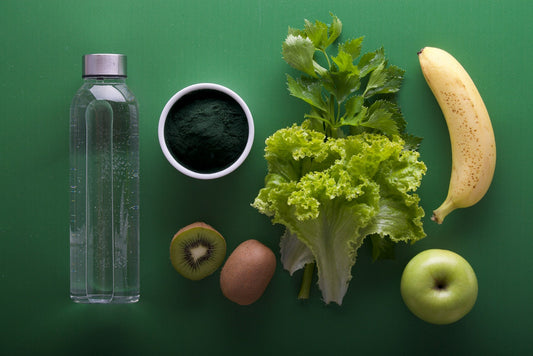
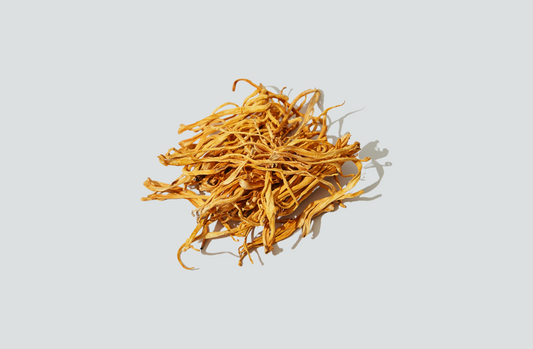
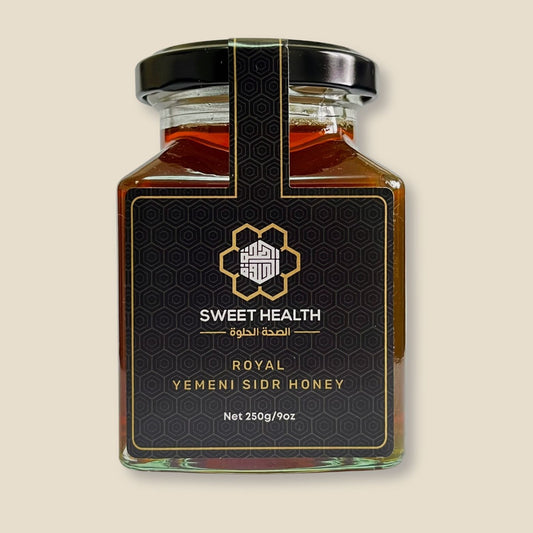

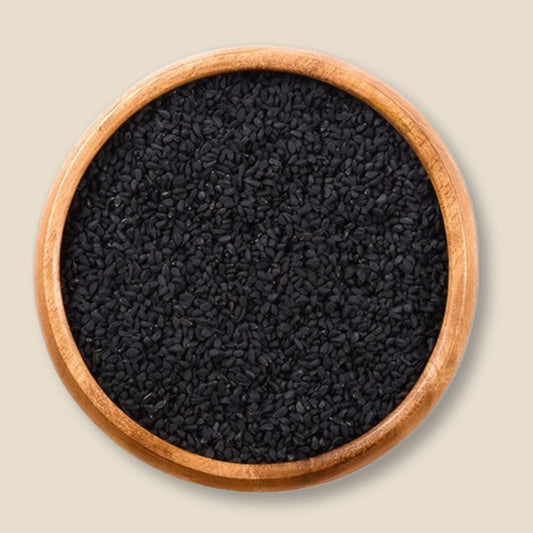
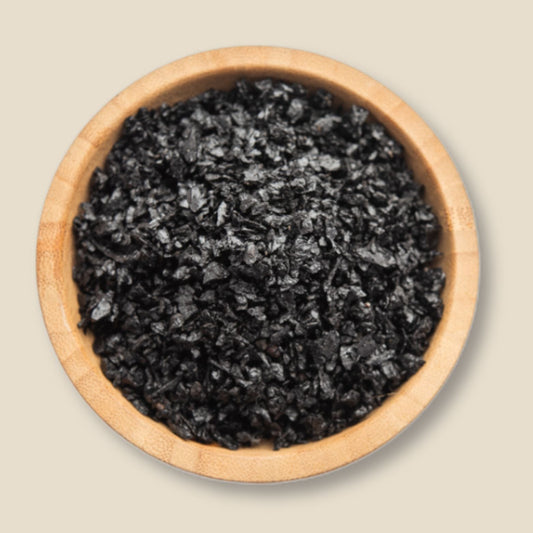
1 comment
Pls can I use sidr for body itching